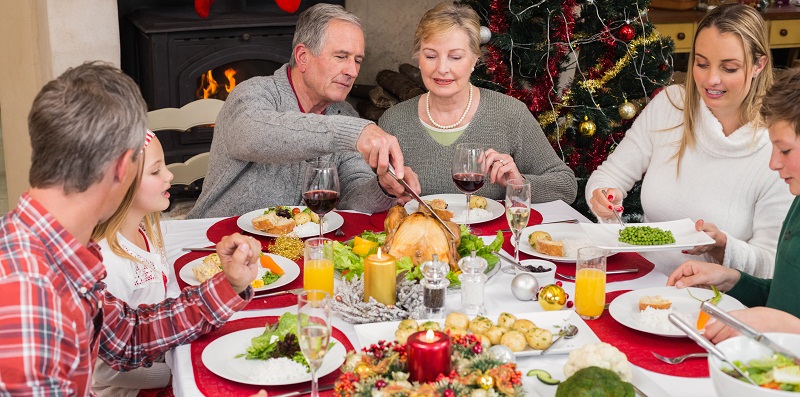

Fountain Valley Urgent Care Permanently Closed. We’re Here to Care for You at Our Other Locations.

Each year, as many as one in six Americans gets sick from food poisoning. Food Safety Month is the perfect time to review general food safety tips so that you can keep yourself and your loved ones safe and healthy. Here are 4 food safety tips for you to consider: Wash hands and food preparation surfaces thoroughly It is easy for bacteria to spread around the kitchen and onto other food, increasing the risk of food poisoning. Before you prepare food, wash your hands with soap and warm water for a minimum of 20 seconds. After you"ve finished cooking, wash all food preparation surfaces, dishes, cutting boards, and cooking utensils in hot water. Wash produce before consuming it. Separate raw meat, poultry, seafood, and eggs from other food products Cross-contamination takes place when harmful bacteria get transferred from one food to another food or cooking surface. When you go grocery shopping, keep raw meat, poultry, seafood, and eggs apart from prepared foods, such as bread and juice, both in the shopping cart and during the bagging process. You should also keep these foods separated from other foods in the refrigerator to minimize the risk of juices dripping onto other foods and spreading bacteria. Consider using separate cutting boards and prep surfaces for poultry and raw meats versus other foods to avoid cross contamination. Refrigerate foods quickly and at the proper temperature Your refrigerator should be set at or below 40 degrees F and your freezer at or below 0 degrees F. Proper refrigeration temperatures delay bacteria growth-- reducing the risk of food poisoning. Refrigerate perishable foods within two hours, or if the temperature is over 90 degrees F, within one hour. Thaw and marinate foods in the refrigerator or in a leak-proof plastic bag submerged in cold tap water. Cook foods at the proper temperature Cooking foods to a minimum safe temperature wipes out food poison inducing bacteria. A food thermometer is the only reliable method for ensuring that food reaches its proper temperature. Raw ground beef, pork, veal, and lamb should be cooked to 160 degrees F and raw poultry to 165 degrees F. If you aren"t sure what temperature is optimal for a certain food, consult a trusted source.
Share Your Valuable Thought